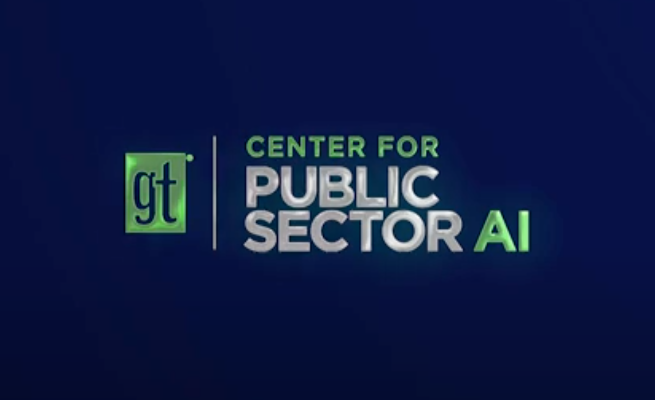
Articles
Reshaping Infrastructure to Keep Pace With the EV Revolution
SMART grants may help further accelerate the EV revolution in America.
SMART grants may help further accelerate the EV revolution in America.
Concerns over carbon emissions, the high cost and foreign policy issues associated with the oil industry and advantages in performance and reliability are driving interest in electric vehicles.
Several states offer generous rebates to purchasers, with the goal of driving adoption, and while the market is currently dominated by Tesla, other startups — along with conventional automakers — are investing in research, development and marketing.
Where drivers of hybrids like the Toyota Prius were mocked for their environmental concern, Ford’s electric F-150, the Lightning, is very successful, helping electric vehicles transcend America’s “culture wars”.
Because adoption is happening so rapidly, the Strengthening Mobility And Revolutionizing Transport (SMART) grants program of the United States Department of Transportation is interested in funding efforts to improve electric vehicle infrastructure.
Expanding EV demand
One of the most important infrastructure needs for the future of transportation is an increase in the number of electric vehicle charging stations, as well as a more robust grid capable of delivering power to them.
Currently, many charging stations are still installed on a municipal basis, but the number of battery electric vehicles on the roads are outstripping the number of chargers.
Complicating the situation is that charging the large batteries needed to move an automobile takes time, although most drivers are realistic enough to not rely on recharging their vehicles to full while out and about.
It’s not just personal automobiles — transit agencies and school districts around the country are investing in battery electric buses.
Powering the grid
America’s electrical grid is in a sorry state.
It’s one of the oldest in the world, relying on technology that wastes power while being vulnerable to everything from solar storms to extreme weather and being shot at.
The grid is also divided into three zones that don’t connect to each other, meaning efforts to build more capacity are often stymied by lengthy permitting and environmental review processes and NIMBYism.
Moreover, the success of anti-nuclear activists means that many parts of the country are more reliant on coal and natural gas than they were 20 years ago.
But the biggest problem with the grid is timing: peak loads occur predictably, but they test the limits of the technology by not happening at the same time as peak production.
There are some technologies that can help reduce the impact of electric vehicle charging on the grid, such as smart charging, which can make sure EVs only charge during low demand times and can act as a battery at other times, but utilities will still need to invest billions to make the grid more reliable and resilient.
Other options, like Urban SDK, help determine optimal placements for EV charging stations, ensuring officials are able to optimize performance while also falling within NEVI guidelines.
Public-Private partnerships
According to TechCrunch, there are currently about 50,000 charging stations in the United States, but the Biden Administration wants ten times that many by 2030 and will send $5 billion to the states to build them.
Existing charging stations are limited geographically and some have reliability issues. They are concentrated in cities, but fewer and far between in rural regions, which can inhibit adoption, which in turn deters investment in building more charging stations.
Automakers like GM, Ford and Stellantis are trying to get their dealerships to install charging stations, but this effort is proceeding slowly.
One problem with charging stations, according to a study by McKinsey, is that there is no real business model for setting up public charging stations, and the electricity often costs five or 10 times as much as a private one. As a result, private businesses won’t install them if they can avoid it — the automakers are making installing chargers a condition of dealerships continuing to sell their vehicles.
Making the grid ready for electric vehicles and getting charging stations built and experimenting with ways to pay for them are all important parts of the electric vehicle transition that SMART grants could help municipalities pay for.
It may be that electric vehicle charging will become a basic municipal service of the 21st century, paid for out of taxes and a nominal monthly fee on electric vehicle owners — not dissimilar to water, sewer and garbage collection services. Municipalities that own their own electric utilities may have a big advantage over their peers.

NEWS
Recent Announcements
See how public sector leaders succeed with Urban SDK.

Company News
Urban SDK Joins Government Technology’s AI Council to Help Shape the Future of AI in the Public Sector
We’re proud to announce that Urban SDK has officially joined the AI Council, part of Government Technology’s Center for Public Sector AI

Company News
Collision Index: Proactive Traffic Safety Powered by AI
Communities now have another layer of road safety thanks to Urban SDK’s Collision Index

Customer Stories
University of Florida Transportation Institute Partners with Urban SDK to Expand I-STREET Program
Urban SDK and the University of Florida have partnered to expand the university's I-STREET Program
WEBINAR
Identify speeding and proactively enforce issues
See just how quick and easy it is to identify speeding, address complaints, and deploy officers.
